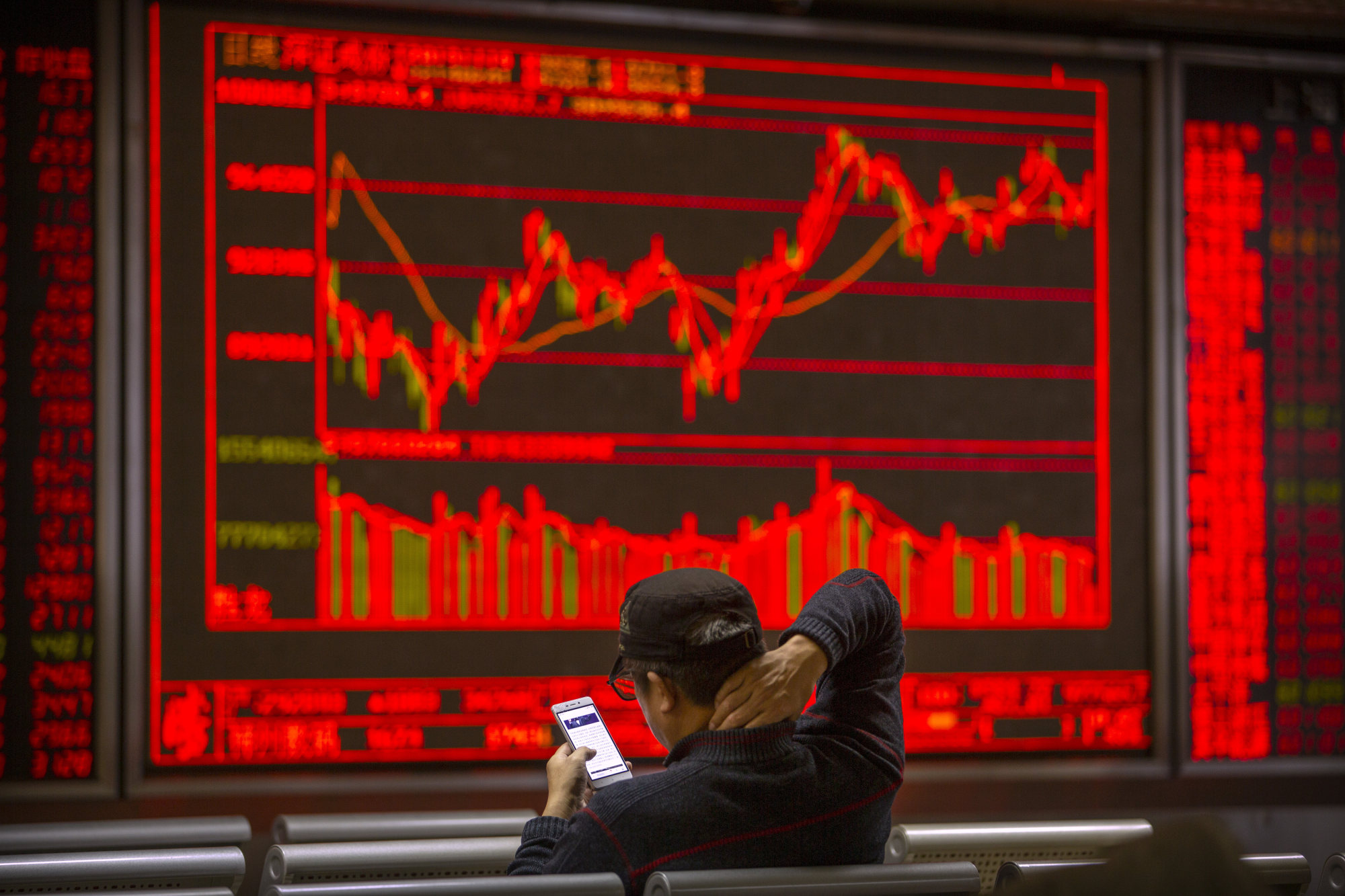
After the best run in 16 months, investors see Chinese stocks maintaining momentum on policy tailwinds
- The CSI 300 Index surged 9.3 per cent in February, the most since November 2022 when China started easing stringent Covid-19 curbs
- Market has responded positively to the continuity of policy efforts, and risk appetite has improved, opening up room for further upside, HSBC Jintrust analyst says
The CSI 300 Index tracking the biggest stocks listed in Shanghai and Shenzhen climbed 9.3 per cent in February, the best monthly gain since surging 9.8 per cent in November 2022 when the country started relaxing stringent Covid-19 curbs. The CSI 1000 Index of small-cap stocks advanced 11.7 per cent, the most since July 2020.
“The market has responded positively to the continuity of policy efforts, and risk appetite has improved,” Fu Beijia, a fund manager at HSBC Jintrust Fund, said in a note on Wednesday. “The positive policy signals and the previous sentiment-driven oversold conditions have opened up room for further market performance going forward.”

More policy tailwinds could be on the horizon following the recent string of efforts, according to Geoff Yu, senior market strategist at Bank of New York Mellon.
Fiscal policy could become more expansive to stimulate growth, and tax-easing measures to support households are also likely, he said.
“With the right policy catalysts, which we are anticipating as we head into next week’s National People’s Congress, we may see a self-fulfilling framework where the right policy direction encourages [fund] flows to come in.”
Yu noted the heavy sell-off has eased and buying could pick up further if corporate earnings are better-than-expected.
China punishes hedge fund as it broadens crackdown on quant trading
Still, some investors remain sceptical given the market’s decline over the past three years. Bullish markets elsewhere, including Japan and India, have provided investors with attractive alternatives.
China’s economic fundamentals have not yet improved adequately, and structural problems, such as the property sector downturn, local government debts and geopolitical risks, are still major hurdles that could limit the market upside, according to Vivian Lin, a portfolio manager at William Blair.
“At the end of the day, fundamentals rule,” she said.
“If we do not see meaningful changes on the trajectory of the economy, I think [the market] could stay in a pretty challenging phase for some time.”

